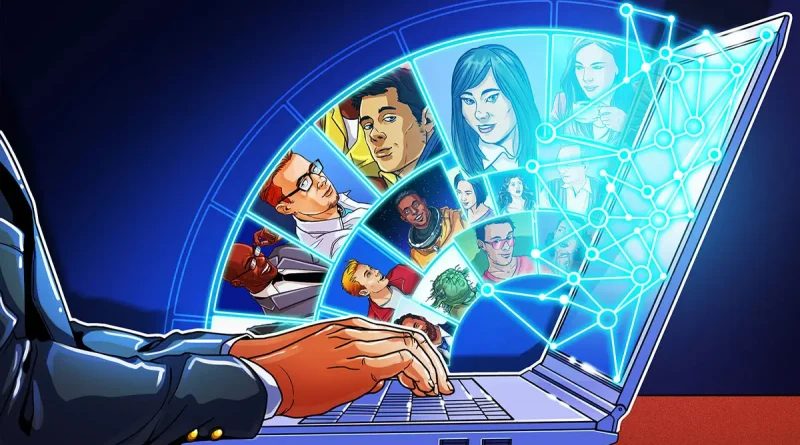Will Social Media Networks Change the Internet with Web 3.0?
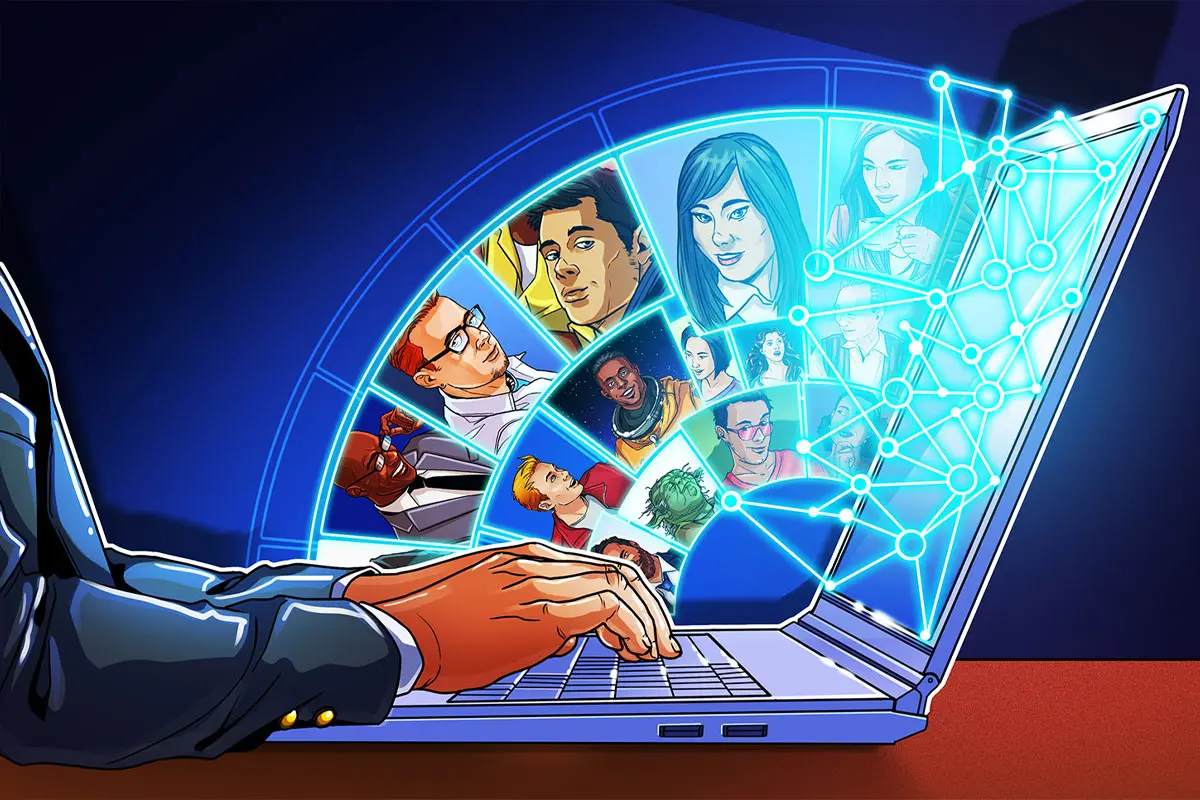
Web 3 social networks experienced significant growth in 2022. The goal of these projects was to overcome the user experience barriers of Web 2 social networks.
According to Dataportal’s data report in October 2022, there are nearly 4.74 billion social network users worldwide, 76% of whom are over 13 years old. Furthermore, users spend an average of 2.5 hours per day on social networks.
Social networks play an important role in our daily communications and interactions. Web 2 technology giants are essentially gatekeepers of online information, and their social platforms have attracted the most user attention. However, centralized control of these platforms has created a variety of problems. Data leaks, server failures, censorship, and privacy violations are some of the current social network problems. Developers are developing Ethereum-based social networks to address these issues. These decentralized social networks can solve many of the problems of traditional social networks and improve the overall user experience. In this article we will introduce some examples of Web 3-based networks, but first, let’s familiarize ourselves with some concepts.
What is a dApp?
Decentralized applications, or dApps for short, are applications that have no central authority and are not hosted on centralized servers. Instead, they are launched on a decentralized, distributed network called blockchain.
Generally, dApps are similar to other software applications that can be accessed through desktop and mobile devices and also have graphical user interfaces (GUIs) like conventional apps. However, the main difference between them and conventional apps is their underlying functionality. A large part of the backend programming of these applications is done on a decentralized network like Ethereum.
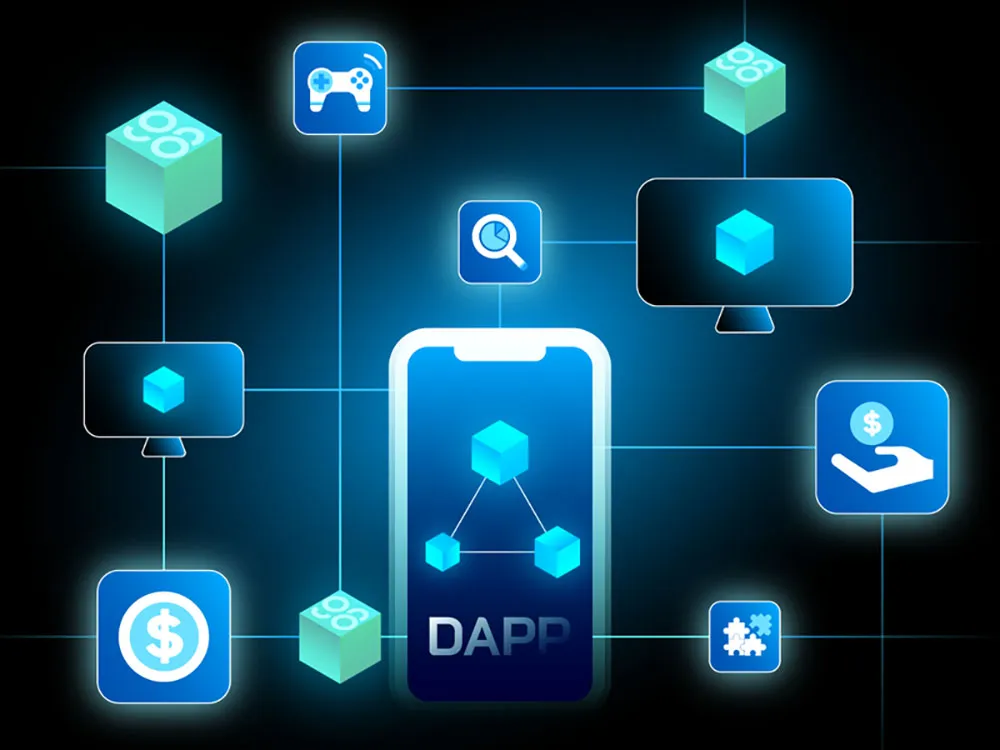
A significant proportion of backend programming for decentralized applications is done on decentralized blockchain networks such as Ethereum.
What is a social graph?
Social graph, in simple terms, refers to the connections of a person in an online social network. This graph shows the relationship between individuals, groups, and organizations in the social network. When a person opens an account on a social network like Facebook and posts content and follows other users, a selected feed of their activities is created. Therefore, every time this person opens the social network application, this selected feed is suggested to them. Whenever you post or comment on content, you are adding to your social graph. If you create a map of your social graph, this map resembles a massive spiderweb of connections and data.
The term social graph has a long history; however, when Facebook CEO Mark Zuckerberg introduced it at the F8 Facebook conference on May 24, 2007, it became more popular. Zuckerberg spoke about policy-making, platform changes, and the introduction of the social graph, which could document a network of connections and relationships among Facebook members to improve each user’s user experience.
Since the F8 Facebook conference, the social graph has become a fundamental value on social network platforms. Whenever a new user registers on a social network application, individuals who appear to be familiar with them are suggested. The application prioritizes based on favorite titles, content reviews on the platform, interactions with users, likes, and comments. A user’s social graph can include interests, personal relationships, and lifestyle habits.
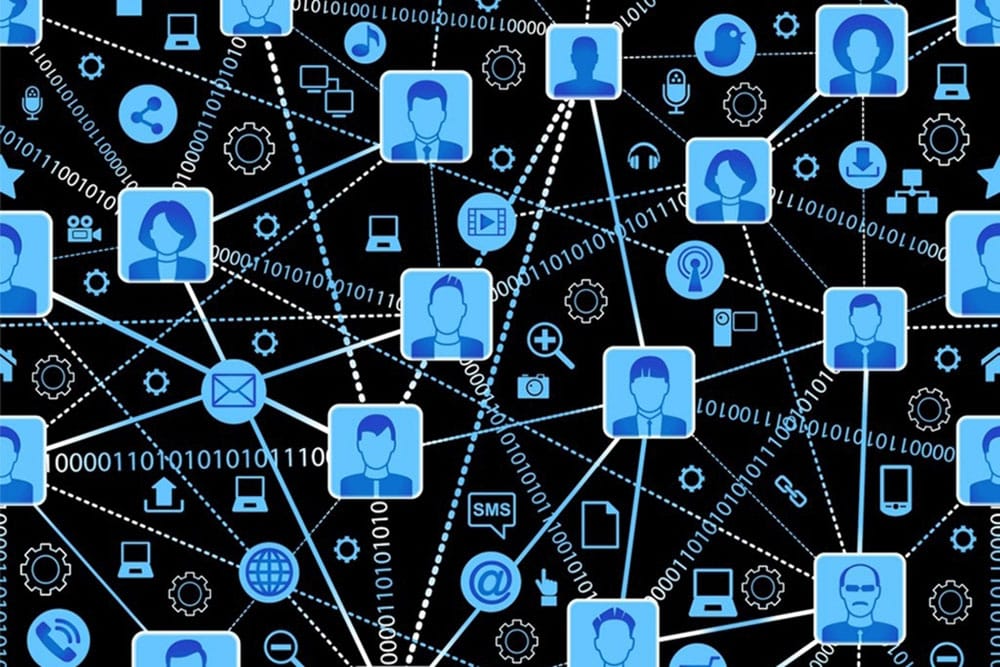
Social Graph refers to the set of relationships between individuals in social networks.
Problems of Web 2 Social Graph
Before describing the problems of social web graph 2, we will briefly explain the concept of web 2. Web 2 is referred to as the current state of the internet, which has the most user data and is more flexible and practical compared to the previous generation of the internet or web 1 (static internet). Generally, web 2 is defined as 21st-century internet apps that have transformed the digital age. However, in web 2, many big data companies and technology giants are responsible for controlling user data, and with the emergence of web 2-based social networks, these problems have doubled, which we will address below:
Violation of users’ privacy: Social web graph 2 or traditional web may not have a problem at first glance. However, it violates users’ privacy. Most social media platforms monitor behavioral footprints of users and collect their data. A significant amount of end-user data is sold for profit by social media platforms. In the second quarter of 2022, Facebook or Meta reached a revenue of $28.15 billion from advertising alone, which is a significant amount considering advertising as the main source of income for this platform.
Concentrated Memory and Data Leakage: The main problem with web 2.0 social graphs is in the user’s data memory. As all existing social network platforms are web 2.0-based, user data is stored in a centralized database. By collecting user data using big data technologies and storing it in centralized databases, this data is more susceptible to infiltration and data leakage. In this way, irreversible damage is done to the social network ecosystem. The Cambridge Analytica scandal is one of the most well-known modern data leaks. The company had used the personal data of millions of Facebook users for political advertising.
Data Ownership: Every social graph is under the control of the social network platform provider company. Users must sign the User Service Agreement and Privacy Policy before registering and logging into their accounts. This means they must accept that the ownership of data belongs to the platform on which they register. Even the right to information is under the ownership of the platform, and as a result, users are at risk of being banned due to their free opinions or desired content.
Web 2.0 social graphs provide a summary of the user’s social behavior and activities, which create value for the platform and are to the detriment of users. User rights are limited to the use of social networking platforms as social tools and no more.
Web 3 Social Graphs
Web 3 means revolutionizing the way we use the internet. One of the transformations of Web 3 is the shift to decentralized platforms or social networks. The era of ‘open internet’ has succeeded in many problematic areas of Web 2. Web 3 promises social networks to fight censorship, data transparency and self-control.
The main goal of introducing Web 3 is to decentralize and return data ownership to users. The social graph data of Web 3, which uses blockchain technology, is controlled by users, not the social platform. Thus, power returns to users from social network giants and they can grant access to their data if they wish. Users can also earn income by selling their data to individuals and companies. This is similar to Web 2 social platforms, but this time, there is no intermediary.
The social graph of Web 3 removes the data barriers of common social platforms. If users need to change their current platform, they can easily transfer their identity data to another platform without any problems.
In addition, Web 3 social graphs are transparent and cannot be tampered with. Information such as transactions, participation in DeFi projects, and many other cases are only displayed at your wallet address. With an address, you can register on various applications, and user behavior is recorded on each platform. However, these records are not controlled by any external agent and remain with you. Web 3 social graphs have several advantages over Web 2 social graphs for various reasons. Here are some examples of the benefits of Web 3 social graphs:
- Decentralized: Web 3 social graphs are decentralized and distributed among many blockchain nodes.
- Privacy: Since Web 3 social graphs give users sovereignty and independence, they maximize their privacy.
- P2P sharing: Data owners can directly share the social graph with anyone they want.
- Data transferability: In Web 3, any data or social graph can be seamlessly and seamlessly transferred between blockchain platforms without reconstruction.
- Freedom of choice: Web 3 gives its users more freedom in choosing applications, cultures, and policies.
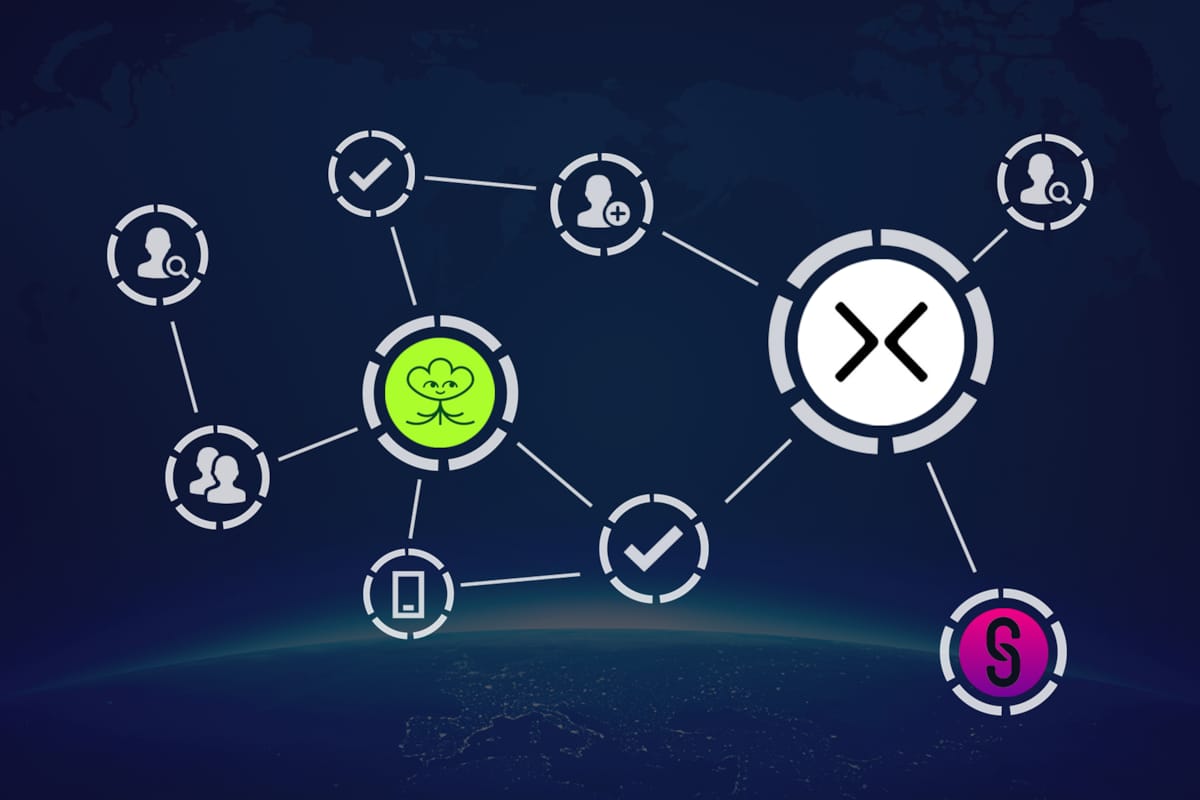
Social Web 3.0 graphs largely address the problems of Social Web 2.0 graphs.
What is Decentralized Social Network?
Decentralized social networks are blockchain-based platforms that allow users to exchange information and distribute content to their audience. Since these applications run on blockchain, they are highly resistant to censorship and control.
A large number of decentralized social networks have emerged as alternatives to services such as Facebook, LinkedIn, and Twitter, but blockchain-based social networks have features that set them apart from traditional social media platforms.
Popular Platforms of Social Web 3.0
The future growth of web 3.0 heavily depends on how top applications of this new technology help users. You can find web 3.0 applications for any kind of use from browsing to gaming and social networking. In this section, we introduce some examples of the best social networks of web 3.0 and their features.
Lens Protocol
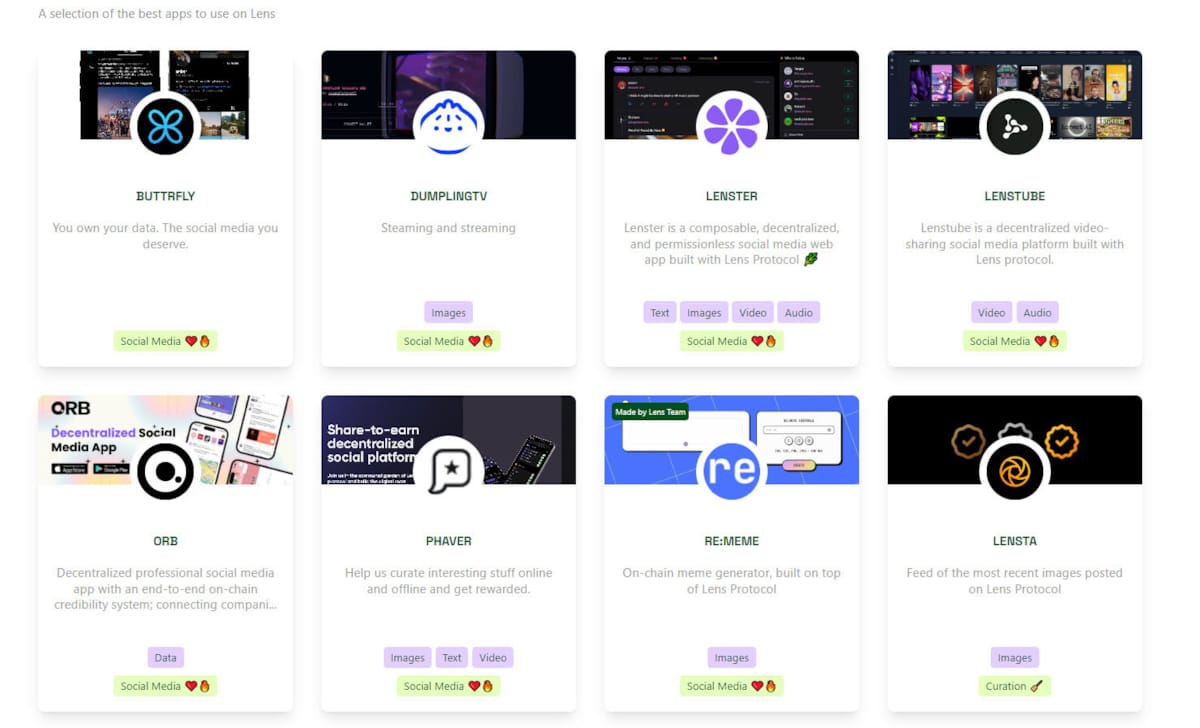
Lens Protocol social networks
Lens Protocol is a web 3 open source social graph protocol based on Polygon blockchain. The aim of this project is to allow developers to launch web 3-based social network platforms and profiles. Lens Protocol allows you to perform similar activities to web 2 social platforms but offers different features.
Lens Protocol provides full control over content and data. Users have full ownership of their profile and can even monetize their data. In addition, Lens Protocol hopes to improve the problems of web 2 by inviting developers to develop and build innovative algorithmic infrastructures and provide users with customization of feeds and freedom to choose content.
Cyber Contact

CyberContact is a decentralized social graph protocol that provides a wide range of tools for building web3 social applications to users. Using social networks based on CyberContact, users can have complete ownership of their identity data, especially content and connections.
The performance of Cyber Contact is such that developers can create blogging platforms on which users can upload content in NFT format on the desired blockchain for revenue generation purposes. This platform also supports collective investment, enabling the upgrading and selling of users’ work.
Lenster
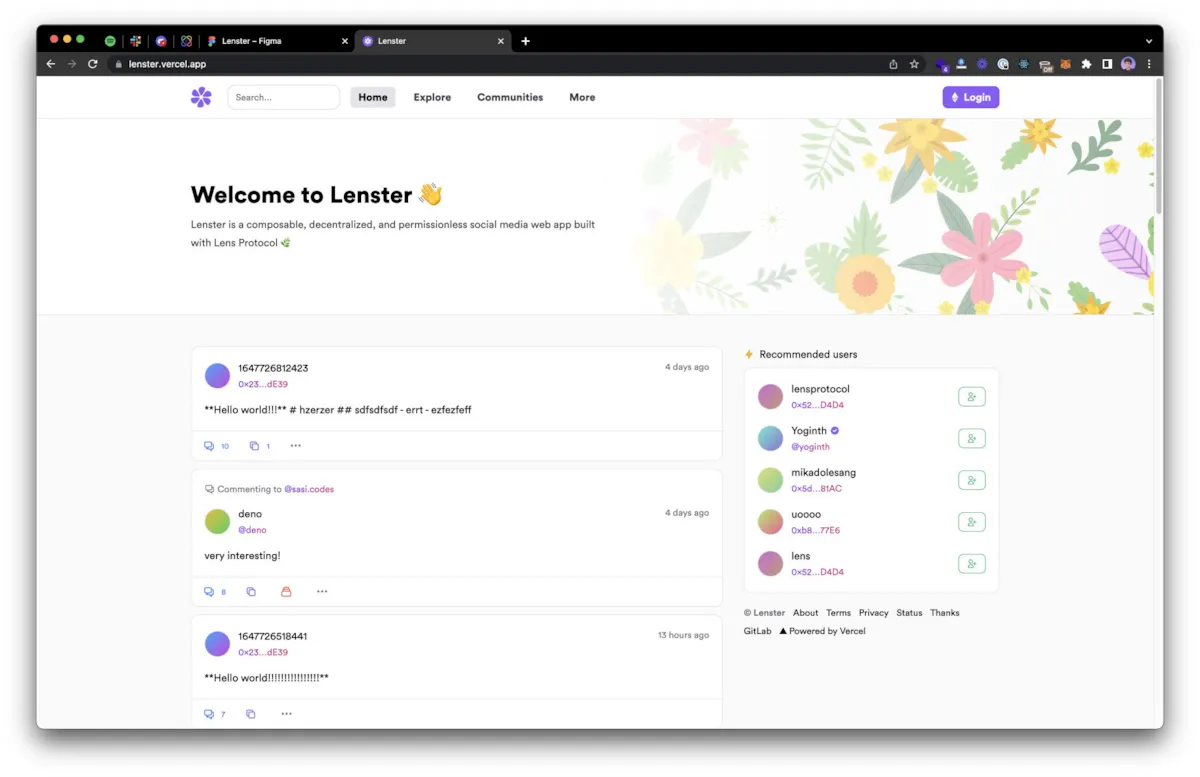
Lenseter is a decentralized social network application built on the Lens protocol. This application is well known in the Lens community, has a format and execution similar to Twitter, and also supports various types of NFTs.
In this social network, apart from the username (which is also optional) and the address of the cryptocurrency wallet, there is no need to provide any other personal information. Lenseter cannot change your posts either. On the other hand, the security of this network against hacking is very high.
Summary
Web 3 social platforms use blockchain technology, NFTs, and cryptocurrencies to support content creators and improve the user experience. These platforms completely give the mechanisms of censorship and content control to users. Instead of a small group of individuals and groups deciding on the legality of content, users have control over their content. In addition, platforms can provide strategies for harmful content.
Web 3 social networking platforms provide immutable databases for storing content for users. They also prevent user data deletion. In this way, blockchain can play an important role in the next generation of social networking applications.
Decentralization is a very hot topic among the social network community, especially among developers and content creators. The popularity of blockchain-based social networks, blockchain messaging, and blockchain-based smartphones emphasize the need for freedom of expression and privacy among social network users and content creators.

